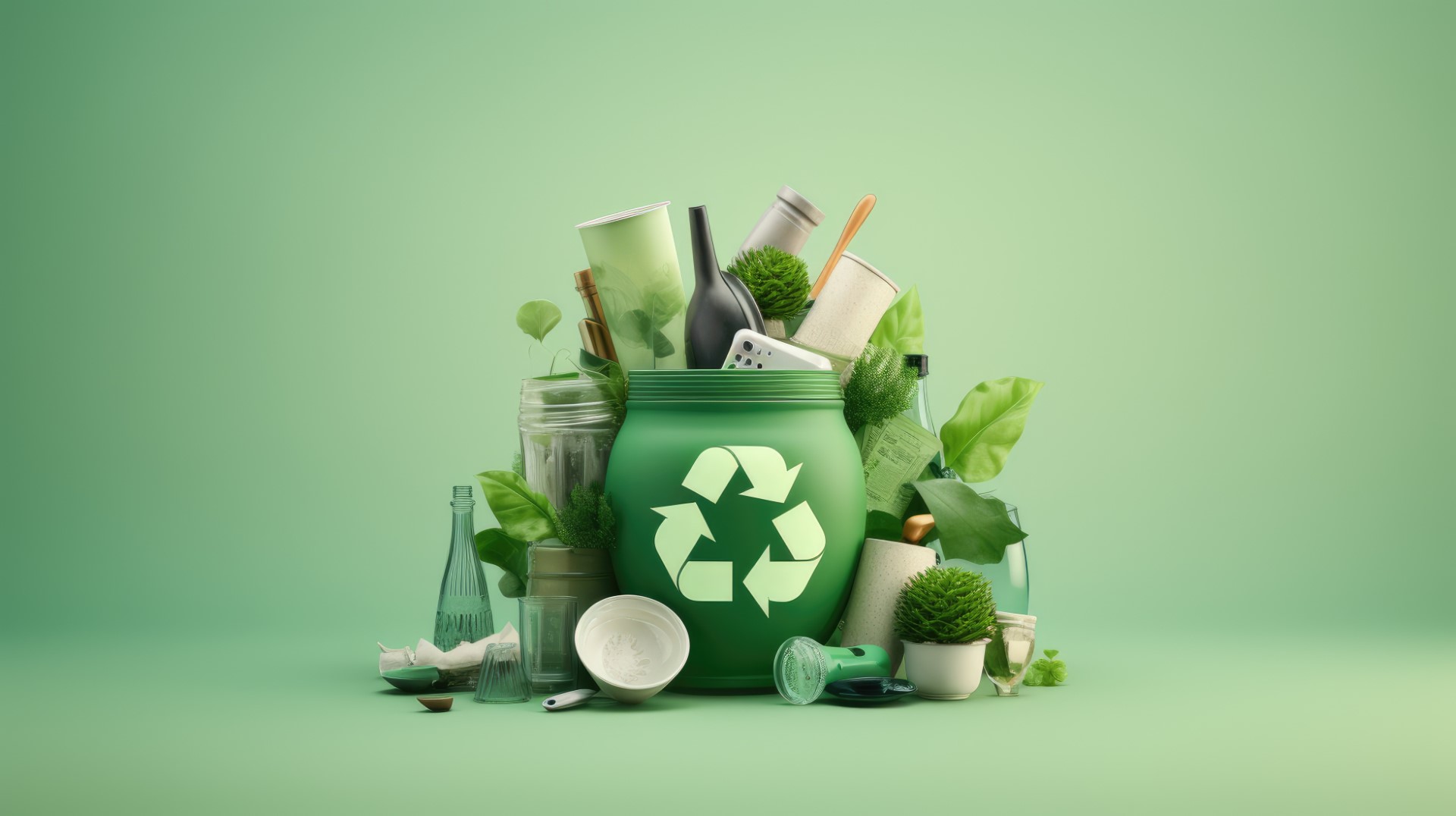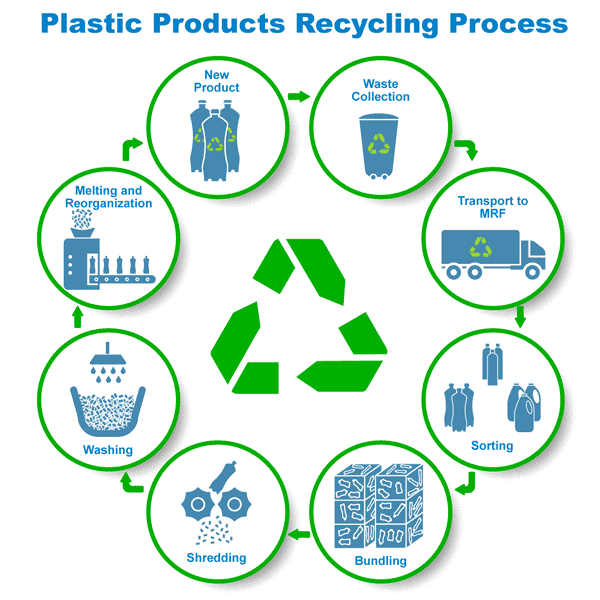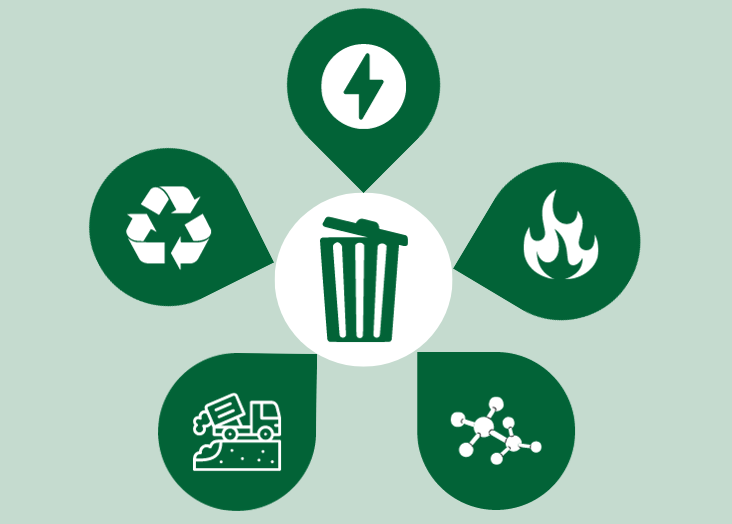Exploring Various Kinds Of Waste in Modern Waste Administration Systems
The contemporary landscape of waste management includes browsing an intricate variety of waste types, each requiring specialized handling and disposal methods to alleviate environmental impacts. Local strong waste, contaminated materials, electronic waste, and natural waste each present distinct challenges and possibilities for source recuperation. Ingenious remedies such as clever waste containers and waste-to-energy technologies are emerging as critical tools in improving performance and sustainability. Comprehending these waste types is necessary for cultivating public awareness and motivating energetic involvement in sustainable methods. What strategies can efficiently address these varied kinds of waste while advertising a round economic situation?
Local Strong Waste
Local strong waste, frequently described as house garbage or garbage, includes a variety of thrown out products created by property, industrial, and institutional sources within a municipality. This waste stream usually includes things such as packaging, food scraps, lawn trimmings, paper, plastics, fabrics, and discarded home goods. The administration of local solid waste is an essential component of metropolitan planning and public health, necessitating effective collection, transportation, and disposal systems.
Reliable waste monitoring systems are created to decrease environmental effect while taking full advantage of source recuperation. This often entails a combination of strategies consisting of composting, landfilling, and recycling. Reusing programs target materials like paper, glass, steels, and specific plastics, diverting them from landfills and reintroducing them right into the manufacturing cycle. Composting organic waste, such as food scraps and backyard trimmings, not just reduces land fill usage but likewise generates valuable dirt amendments.
Towns should likewise address the financial and logistical difficulties connected with waste administration. Implementing pay-as-you-throw systems, enhancing public understanding, and buying technology can significantly improve waste diversion rates. By incorporating these techniques, municipalities can foster lasting communities, lower greenhouse gas emissions, and conserve natural deposits.
Hazardous Waste

Reliable unsafe waste monitoring involves several essential actions: identification, disposal, partition, and therapy. Partition ensures that dangerous materials are stored separately from non-hazardous waste to protect against cross-contamination.
Governing frameworks, such as the Resource Preservation and Healing Act (RCRA) in the USA, offer guidelines and criteria for hazardous waste administration. Adherence to these laws, coupled with improvements in waste treatment modern technologies, is essential in minimizing the threats related to harmful waste.
Electronic Waste
Electronic waste, typically referred to as e-waste, represents a swiftly growing challenge in waste monitoring systems internationally. This type of waste encompasses discarded electronic tools and equipment such as mobile phones, computers, televisions, and other digital home appliances. The rapid speed of technological advancement, combined with decreasing item lifespans and customer demand for the current tools, has exponentially raised the quantity of e-waste produced annually.
E-waste is specifically problematic because of its complicated make-up, usually containing hazardous compounds like lead, cadmium, and mercury, which posture substantial ecological and wellness risks otherwise properly managed. Conversely, e-waste likewise consists of useful products such as silver, copper, and gold, which can be recovered and recycled. The double nature of e-waste-- both beneficial and harmful-- demands specialized handling, reusing, and disposal procedures.
Efficient e-waste management involves stringent regulatory structures, robust collection systems, and progressed recycling innovations. Public understanding and involvement are essential, as inappropriate disposal methods, such as illegal disposing and informal recycling, exacerbate ecological contamination and health and wellness threats. Improving e-waste administration practices is vital for alleviating eco-friendly effect and recouping valuable resources in an increasingly digital globe.

Organic Waste
Organic waste, consisting of cooking area scraps, backyard trimmings, and agricultural residues, represents a significant portion of the global waste stream. This kind of waste is eco-friendly, indicating it can be damaged down by microorganisms into simpler organic compounds. In spite of its possibility for all-natural decomposition, incorrect management of natural waste can bring about unfavorable environmental impacts, consisting of the exhaust of greenhouse gases such as methane, which add to environment modification.
Reliable administration of organic waste is important for reducing these ecological effects (recycling lives services). Composting is a commonly embraced approach, transforming natural waste into nutrient-rich garden compost that can enhance soil health and agricultural performance. Additionally, anaerobic food digestion is an emerging innovation that other transforms organic waste right into biogas, a renewable resource source, and digestate, which can be made use of as plant food
Municipalities and waste administration entities have to carry out durable natural waste collection and therapy programs to make the most of the benefits of these processes. Public education campaigns can additionally play a critical function in motivating families and services to different organic waste from other types of waste. By focusing on the administration of natural waste, societies can minimize garbage dump usage, lower greenhouse gas discharges, and create important byproducts for farming usage.

Innovative Waste Monitoring
In the realm of waste monitoring, ingenious approaches are transforming how societies handle their refuse, intending for sustainability and efficiency. These improvements incorporate an array of innovations and methods that improve reusing prices, decrease landfill dependency, and lower environmental impact. One prominent development is the application of wise waste containers outfitted with sensors that keep an eye on fill degrees and enhance collection paths. This not only minimizes gas intake however also reduces greenhouse gas discharges.
One more notable advancement is the adoption of waste-to-energy (WtE) modern technologies. By transforming non-recyclable waste right into useful energy with processes such as incineration and anaerobic food digestion, WtE minimizes land fill worry and gives a renewable power source. In addition, advancements in chemical recycling enable the malfunction of intricate plastics right into their original monomers, making it possible for the creation of new, top notch plastic products.
Additionally, the round economic climate version is acquiring traction, stressing the layout of products and systems that focus on reusability and resource performance. This all natural method urges industries to lessen waste generation from the beginning. Via have a peek at these guys these ingenious strategies, modern-day waste monitoring systems are not just resolving the instant challenges of garbage disposal yet likewise leading the method for a more lasting future.
Final Thought
A detailed understanding of local strong waste, contaminated materials, electronic waste, and natural waste, combined with the application of cutting-edge waste management remedies, is important for minimizing environmental effects. Incorporating innovations such as clever waste bins and waste-to-energy systems can improve effectiveness and sustainability. Reliable waste administration techniques not just foster source recuperation but likewise promote public recognition and participation, ultimately adding to the growth of a round economic situation.
The modern landscape of waste administration entails browsing a complicated selection of waste kinds, each requiring specialized handling and disposal methods to alleviate ecological influences. Municipal solid waste, unsafe waste, electronic waste, and organic waste each existing distinctive obstacles and chances for source healing.Electronic waste, typically referred to as e-waste, represents a rapidly expanding obstacle in waste monitoring systems worldwide. With these cutting-edge approaches, contemporary waste management systems are not only addressing the instant challenges of waste disposal yet likewise leading the visite site way for a more lasting future.
A comprehensive understanding of metropolitan strong waste, dangerous waste, digital waste, and organic waste, combined with the implementation of cutting-edge waste management remedies, is essential for reducing environmental impacts. (recycling lives services)